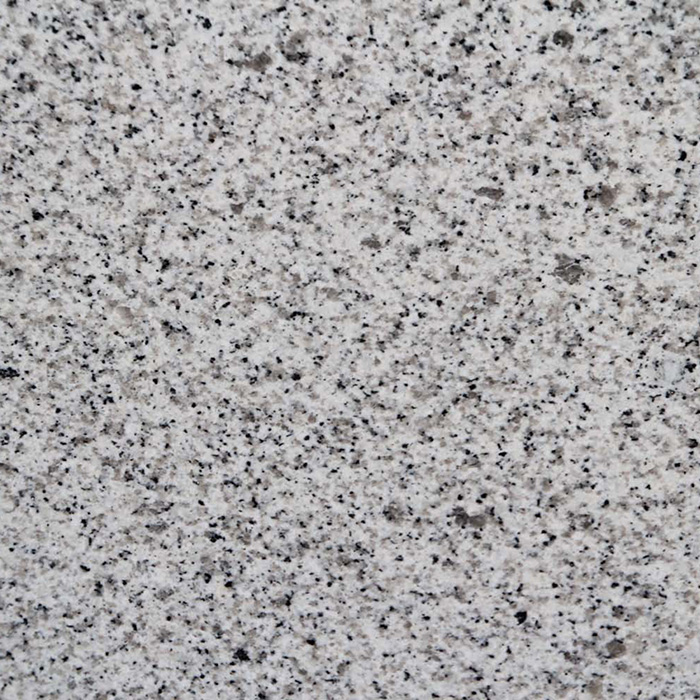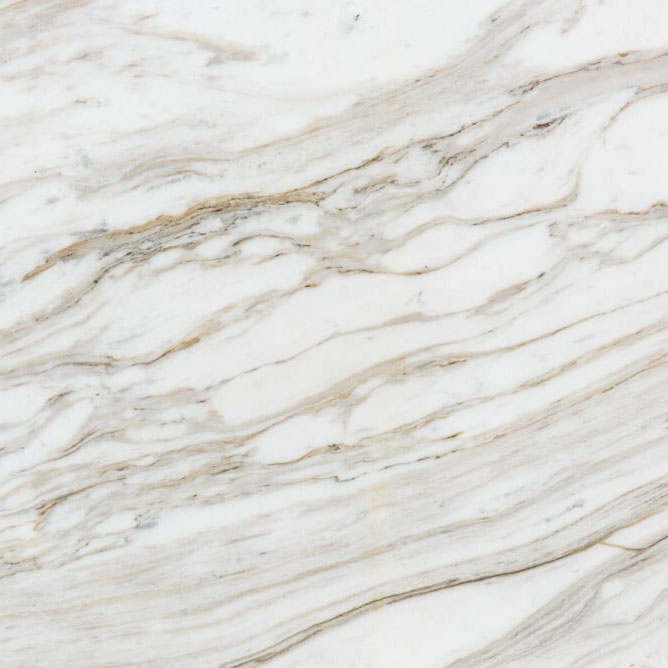
Quartz
Quartz is made from natural substances mixed with a binder and then pressed and heated. Quartz has several advantages over natural rocks – greater durability, uniform appearance and a large selection of colors and patterns. Quartz is often the preferred choice of customers because it is less porous and easier to maintain than natural stone.

Granite
Granite (from Latin granum ‘grain’) is a gray, pinkish or reddish igneous rock with a coarse-grained structure.
Granite mainly consists of quartz and feldspar. To a lesser extent, it contains mica (mostly biotite), amphibole and other minerals.
Granite is a rock that always contains quartz and feldspar. If we assume that granite consists of only three minerals – quartz, alkaline feldspar and plagioclase, then the quartz content of granite would be between 20…60%, plagioclase can be 10…65% of feldspars and alkali feldspar 35…90% of feldspars. Because granite also contains other minerals, the actual numbers may differ, but granite as a rock is defined precisely by these three mineral groups, theoretically eliminating all other minerals.

Ceramic stone
Ceramics as a material today includes various inorganic non-metals (silicon dioxide, aluminum oxide, silicon carbide, titanium nitride) and their composites, which are processed at high temperatures.

Marble
Marble is a widespread metamorphic rock. Depending on whether the marble is formed from limestone or dolostone, marbles are composed of either calcite or dolomite. As an additive, marble may contain quartz, chert, garnets, pyroxenes, diopside, serpentine, etc.
At a superficial glance, marble can sometimes be confused with quartzite, but they are easy to distinguish by, for example, hardness. Because quartzite consists of quartz with a hardness of 7, it cannot be scratched with a needle. However, marble is mostly composed of calcite, which has a hardness of 3, so marble can be easily scratched with a needle. Unlike quartzite, marble also reacts with acids, such as hydrochloric acid, which, when dropped on the marble, causes a reaction in which carbon dioxide is released in bubbles.
The color of the marbles is very variable – from light white to black. The specific gravity is 2.65…2.80. Marble often has a characteristic flow texture, which arises from the movement of partially melted rocks relative to each other during metamorphism.

